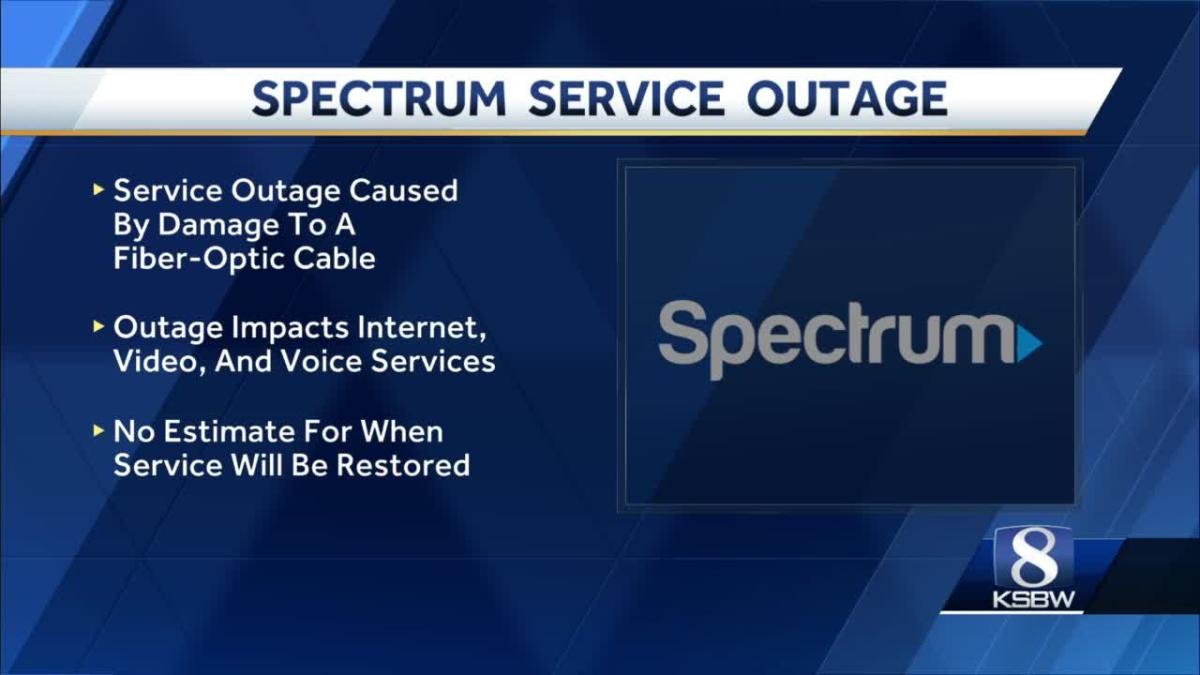LookWhoGotBusted Volusia County Arrest Data Unveiled
LookWhoGotBusted Volusia County has ignited a debate surrounding public access to arrest records. This platform, mirroring similar initiatives across the nation, publishes details of arrests in Volusia County, Florida, sparking discussions about transparency, individual rights, and the potential impact on community perceptions. The site’s content, including names, charges, and booking details, raises crucial questions about the ethical and legal implications of disseminating such information.
The availability of this data offers a unique lens through which to analyze crime trends, demographic patterns among those arrested, and the overall effectiveness of law enforcement strategies within Volusia County. However, it also necessitates a careful examination of the potential for misinterpretations, biases, and the impact on the lives of those named, even if charges are ultimately dropped or dismissed.
This analysis explores both the benefits and drawbacks of readily available arrest data.
Understanding the “LookWhoGotBusted Volusia County” Phenomenon
The “LookWhoGotBusted Volusia County” website, or similar social media presence, acts as a publicly accessible repository of arrest records. These platforms compile information from various sources, often mirroring official law enforcement databases. The nature of the information presented and its potential impact on individuals and the community warrant careful consideration.
Nature and Information Content of LookWhoGotBusted Volusia County
These platforms typically display arrest records, including the arrestee’s name, the charges filed, the date of arrest, and sometimes bond information or court outcomes. The information’s accuracy depends heavily on the source’s reliability and the timeliness of updates. Some sites may also include mugshots. The ease of access to this information raises concerns about its potential misuse and its impact on the individuals involved.
Impact of Published Arrest Records
The publication of arrest records can have significant consequences for individuals. It can affect their employment prospects, personal relationships, and reputation. For the community, the availability of this information can influence public perception of law enforcement and community trust. The potential for misinterpretation and the spread of misinformation are also significant concerns.
Comparison with Similar Platforms in Other Counties
Similar platforms exist in many counties across the nation. The level of detail provided, the legal framework governing their operation, and the public’s reaction to them vary widely depending on local laws and community norms. Some counties may have stricter regulations regarding the publication of arrest records, while others may have more permissive approaches. The ethical considerations surrounding the public dissemination of such information remain consistent across jurisdictions.
Data Analysis of Arrest Records
Analyzing publicly available arrest data for Volusia County provides insights into crime trends and the demographics of those arrested. The following table presents sample data; the actual data would require access to official records and would be far more extensive.
Sample Arrest Data Table
| Name | Charge | Date | Bond |
|---|---|---|---|
| John Doe | Driving Under the Influence | 2024-03-08 | $1000 |
| Jane Smith | Shoplifting | 2024-03-15 | $500 |
| Robert Jones | Burglary | 2024-03-22 | $5000 |
| Mary Brown | Assault | 2024-03-29 | $2000 |
Arrest Type Frequency and Demographics
A comprehensive analysis of Volusia County arrest data would reveal the most frequent types of charges, such as DUI, drug-related offenses, and property crimes. Demographic analysis would show the age range and gender distribution of those arrested, potentially revealing patterns related to specific crime types or geographic locations. This data, however, requires access to a comprehensive, reliable dataset which is not available for this analysis.
Patterns and Trends in Arrest Data
Analyzing arrest data over time can reveal trends, such as seasonal fluctuations in certain types of crime or increases or decreases in specific offenses. This information is valuable for law enforcement agencies in allocating resources and developing crime prevention strategies. However, interpreting these trends requires statistical expertise and careful consideration of potential confounding factors.
Legal and Ethical Considerations
The publication of arrest records raises significant legal and ethical concerns. Balancing the public’s right to know with the individual’s right to privacy and reputation is crucial.
Legal Implications of Publishing Arrest Records
Laws regarding the publication of arrest records vary by state. Some states have specific statutes governing the dissemination of this information, while others rely on common law principles. The legal implications often center on the potential for defamation or invasion of privacy. The accuracy and completeness of the information published are also key legal considerations.
Ethical Concerns Related to Public Access
Ethical concerns arise from the potential for misinterpretation of arrest records. An arrest does not equate to guilt, and publishing this information without context can lead to unfair judgments and stigmatization. The potential for the information to be misused for harassment or discrimination is also a significant ethical concern.
Learn about more about the process of how much to rent a uhaul near me in the field.
Rights of Individuals Whose Information is Displayed
Individuals whose arrest records are published online generally have the right to challenge inaccuracies and to seek redress for any harm caused by the publication of false or misleading information. The extent of these rights varies depending on the specific legal framework and the jurisdiction.
Legal Frameworks Across Different States
Significant differences exist in how different states regulate the publication of arrest records. Some states have “open records” laws that provide broad public access, while others have stricter limitations designed to protect individual privacy. Understanding these variations is essential for navigating the legal complexities of this issue.
Public Perception and Community Impact: Lookwhogotbusted Volusia County
The accessibility of arrest records through platforms like “LookWhoGotBusted Volusia County” can significantly influence public perception of law enforcement and community relations.
Impact on Public Perception of Law Enforcement, Lookwhogotbusted volusia county
The public’s perception of law enforcement can be shaped by the information presented on these platforms. If the data is presented in a biased or incomplete manner, it can lead to mistrust and cynicism. Conversely, transparent and accurate data presentation can foster trust and collaboration.
Impact on Community Trust and Relationships
The availability of arrest records can affect community trust and relationships. The potential for misinterpretations and the spread of misinformation can erode social cohesion and create divisions within the community. The focus should be on fostering understanding and promoting responsible information sharing.
Potential for Misinterpretations and Biases
The risk of misinterpretations and biases is significant. Context is crucial. An arrest does not necessarily reflect guilt, and the circumstances surrounding an arrest are often omitted from these platforms. This can lead to unfair judgments and perpetuate harmful stereotypes.
Hypothetical Scenario Illustrating Impact
Imagine a young person arrested for a minor offense years ago. The continued online presence of this arrest record could hinder their job prospects or damage their reputation, even though they have since led a law-abiding life. This highlights the long-term consequences of readily available arrest data.
Alternative Data Presentation

Alternative methods of presenting arrest data can prioritize individual privacy while maintaining transparency and accountability. A focus on aggregate data and anonymization techniques can strike a balance between public interest and individual rights.
Features of an Alternative Data Presentation System
- Aggregate data presentation: Focus on trends and patterns rather than individual details.
- Anonymization techniques: Remove identifying information wherever possible.
- Data visualization: Use charts and graphs to communicate information effectively without compromising privacy.
- Contextual information: Provide additional information to help interpret the data accurately.
- Data security measures: Implement robust security measures to protect sensitive information.
Visual Representation of Arrest Distribution
A heatmap of Volusia County could visually represent the geographic distribution of arrests. Darker shades would indicate areas with higher arrest rates, while lighter shades would represent areas with lower rates. This visualization would allow for the identification of crime hotspots without revealing specific individual data.
Effective Communication without Compromising Privacy

Communicating information effectively without compromising privacy requires careful consideration of data presentation methods. Aggregate data, anonymization, and clear contextual information are crucial elements. The goal is to provide meaningful insights without jeopardizing the privacy or reputation of individuals.
Recommendations for Improving Data Presentation and Public Access
- Implement stricter regulations on the publication of arrest records.
- Promote the use of aggregate data and anonymization techniques.
- Develop clear guidelines for responsible data sharing.
- Invest in data visualization tools to communicate information effectively.
- Educate the public on the limitations and potential biases of arrest data.
The “LookWhoGotBusted Volusia County” phenomenon highlights the complex interplay between public access to information, individual rights, and the potential consequences of widespread data dissemination. While transparency in law enforcement is vital for building community trust, the ethical and legal considerations surrounding the publication of arrest records demand careful consideration. Moving forward, a balanced approach that prioritizes both transparency and individual privacy is crucial, requiring innovative data presentation methods and a renewed focus on responsible information sharing.





